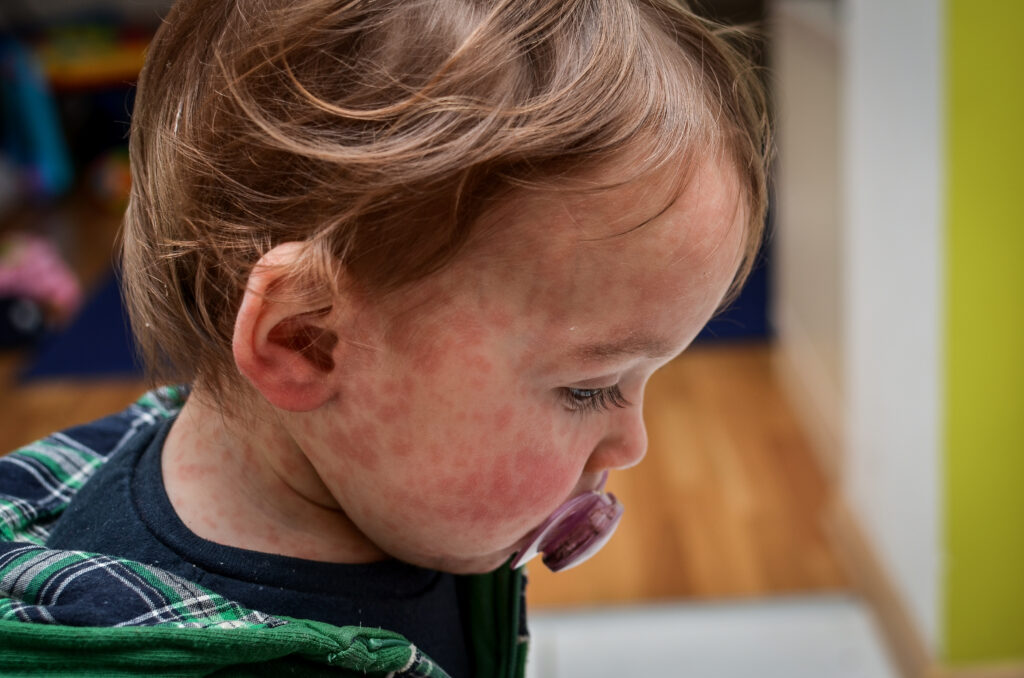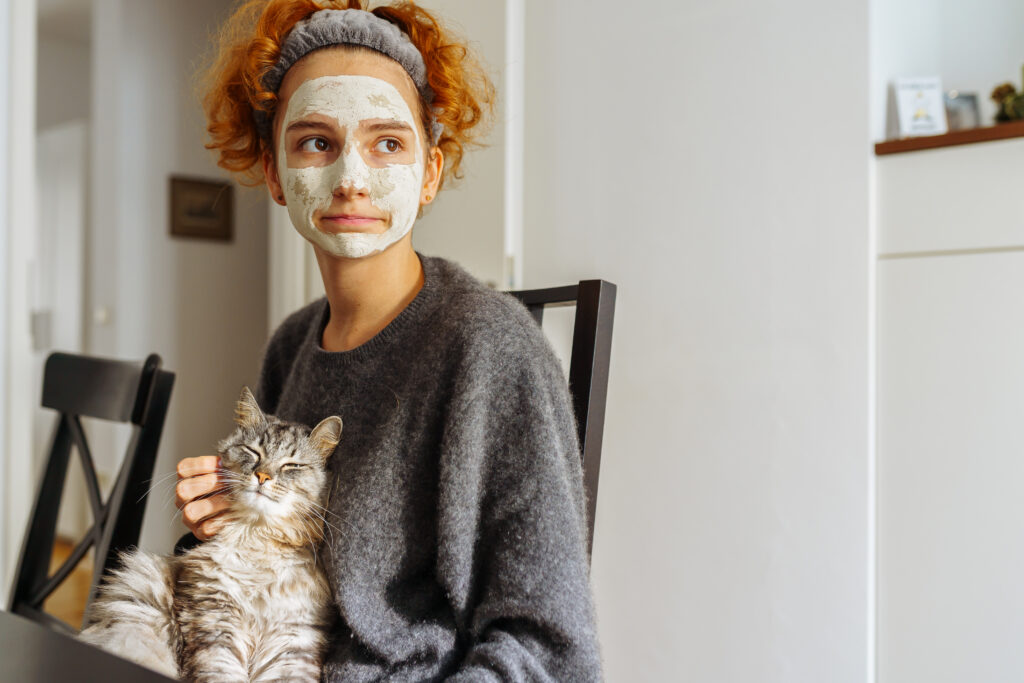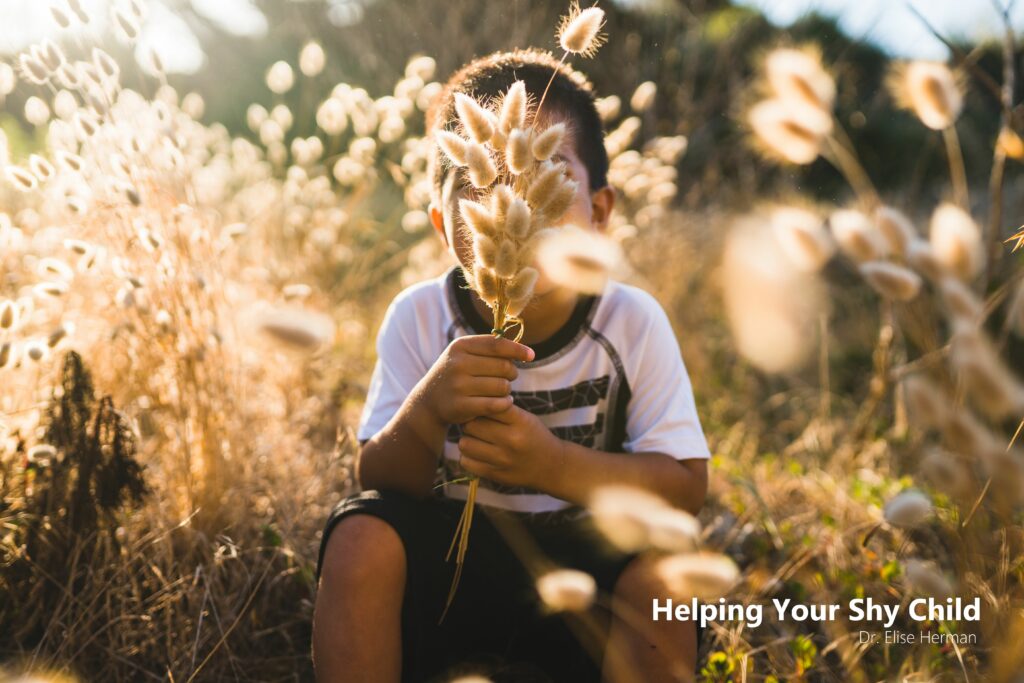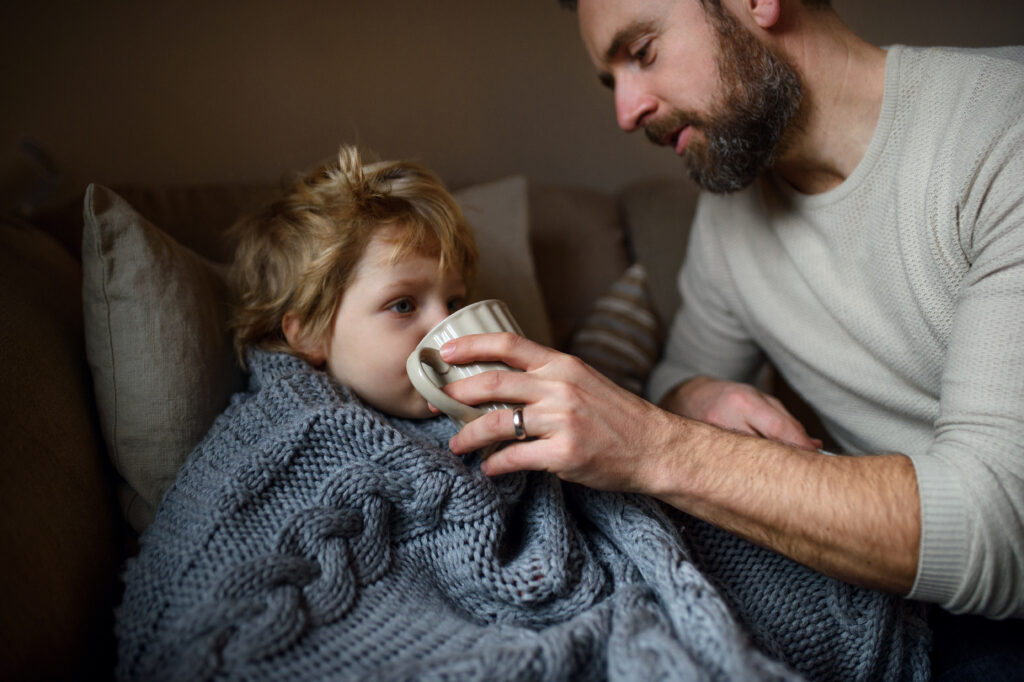Measles cases are on the rise, and although numbers in the US are small right now, there is cause for concern. Measles is one the most contagious human viruses, with a 90% chance of someone who is not immune getting infected if they are near someone with measles.
Health
Teen Acne
Contributor Dr. Elise Herman Teen acne is very common, affecting 85% of adolescents. It can occur on the face, neck, back, shoulders, and chest. Mild acne usually resolves without scarring, […]
Helping Your Shy Child
By nature, some kids are more outgoing than others. Many children are shy and reserved when younger but become less so as they grow up. Being shy, however, just characterizes a child’s approach to the world (especially new situations) and does not have to be seen as a negative.
Preventing Respiratory Syncytial Virus Infections
RSV typically starts in fall, peaks in winter, and causes cold symptoms including runny nose, cough, and fever in children and adults. Most kids have had RSV by age 2. Although usually mild, RSV can cause more serious problems like wheezing, pneumonia, and trouble breathing.
Vegetarian and Vegan Diets in Teens
Contributor Dr. Elise Herman Although still a minority, more people are exploring plant-based diets, including teens. If your teen has expressed interest in this, you may wonder if being a vegetarian […]
Avoiding Picky Eating in Kids
Most parents are familiar with the ‘picky eater’- the child who is suspicious of new foods, has strong favorites, and may refuse to eat what the rest of the family is eating. Picky eating is very common in young children, but usually improves by age 5 years. This behavior occurs in part to exert some control over mealtime (and parents) in a way that is often attention-getting.
Pedestrian – Vehicle Accidents
Contributor Dr. Elise Herman Walking is a great way to exercise for adults and kids alike, but there is a concerning 11% increase in child and adolescent pedestrian fatalities in […]
Wildfire Smoke Exposure and Children
As climate change causes a longer and more severe wildfire season, exposure to wildfire smoke in children is an increasing problem. Wildfire smoke is felt to be more dangerous than typical air pollution and kids (especially those under 5 years) are more vulnerable for multiple reasons.
Vehicular Heat Stroke in Children
Contributor Dr. Elise Herman As summer approaches and the outdoor temperature increases, a danger looms for children- vehicular heatstroke (VHS), which is heat injury due to being in a hot car […]








